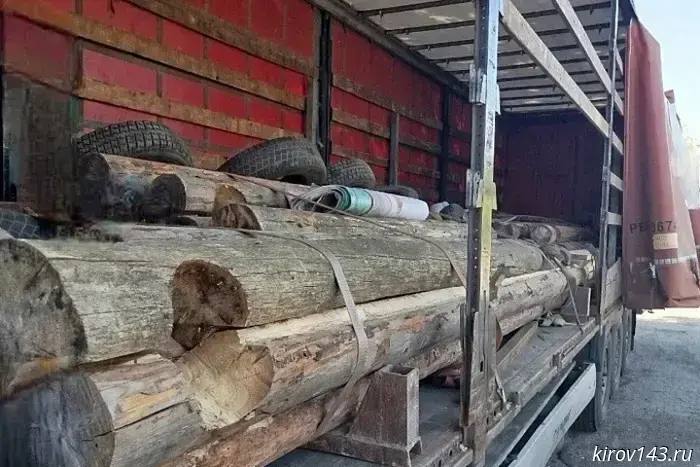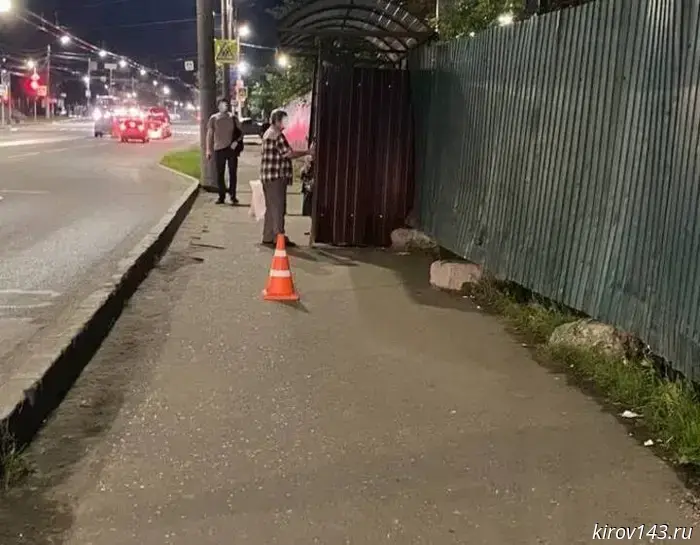
Scientists note a decline in the number of sparrows in cities.
Among the possible causes of the decline are features of modern construction, where buildings lack the niches and attics customary for nesting; excessive landscaping and frequent lawn mowing, which reduce the food base; predation by domestic cats; and the use of pesticides and herbicides on agricultural land, write on Sobaka.ru.
The drop in sparrow numbers may affect urban ecosystems, for example by leading to increases in populations of insect pests. To support the birds, experts recommend regular winter feeding with proso millet or millet groats, preserving shrubs, reducing the frequency of mowing wild lawns, planting fruit and berry crops, and installing nesting boxes.
Remember that from August 9 to 17 residents of Kirov Oblast and across the country can help scientists by taking part in a sparrow census. The nationwide campaign is not being held for the first time, and its goal is to collect up-to-date data on the numbers of house and tree sparrows.
Другие Новости Кирова (НЗК)
 A section of Anzhelia Mikheeva Street is being built in Urvantsevo.
The 311-meter road is scheduled to be completed by mid-November.
A section of Anzhelia Mikheeva Street is being built in Urvantsevo.
The 311-meter road is scheduled to be completed by mid-November.
 On Lenin Street, a scooter rider hit an elderly woman and fled the scene.
An unidentified driver is currently being sought.
On Lenin Street, a scooter rider hit an elderly woman and fled the scene.
An unidentified driver is currently being sought.
 Alexey Mokerov has been appointed head of the Kirov State Traffic Inspectorate.
The new head has already been introduced to the agency's staff.
Alexey Mokerov has been appointed head of the Kirov State Traffic Inspectorate.
The new head has already been introduced to the agency's staff.
 As of September 1, the procedure for calculating salaries in Russia will change.
A new procedure for determining the average monthly wage comes into effect in Russia on September 1, which, according to lawmakers, will bring additional benefits to workers.
The first autumn clean-up days will be held in Kirov.
The first citywide clean-up days in Kirov are scheduled for September 5. They will be part of the city's beautification and sanitation efforts, which will take place from August 18 to September 20.
As of September 1, the procedure for calculating salaries in Russia will change.
A new procedure for determining the average monthly wage comes into effect in Russia on September 1, which, according to lawmakers, will bring additional benefits to workers.
The first autumn clean-up days will be held in Kirov.
The first citywide clean-up days in Kirov are scheduled for September 5. They will be part of the city's beautification and sanitation efforts, which will take place from August 18 to September 20.
 In Kirov, the façade of the polyclinic of the Center for Medical Rehabilitation is being restored.
The building on Vladimirskaya Street will be renovated along its entire perimeter.
In Kirov, the façade of the polyclinic of the Center for Medical Rehabilitation is being restored.
The building on Vladimirskaya Street will be renovated along its entire perimeter.
Scientists note a decline in the number of sparrows in cities.
Experts report that in a number of Russian cities there has been a decline in the population of the house sparrow — a species closely associated with humans. At the same time, the tree sparrow, which can manage without constant proximity to people, is increasingly being found in urban areas.
